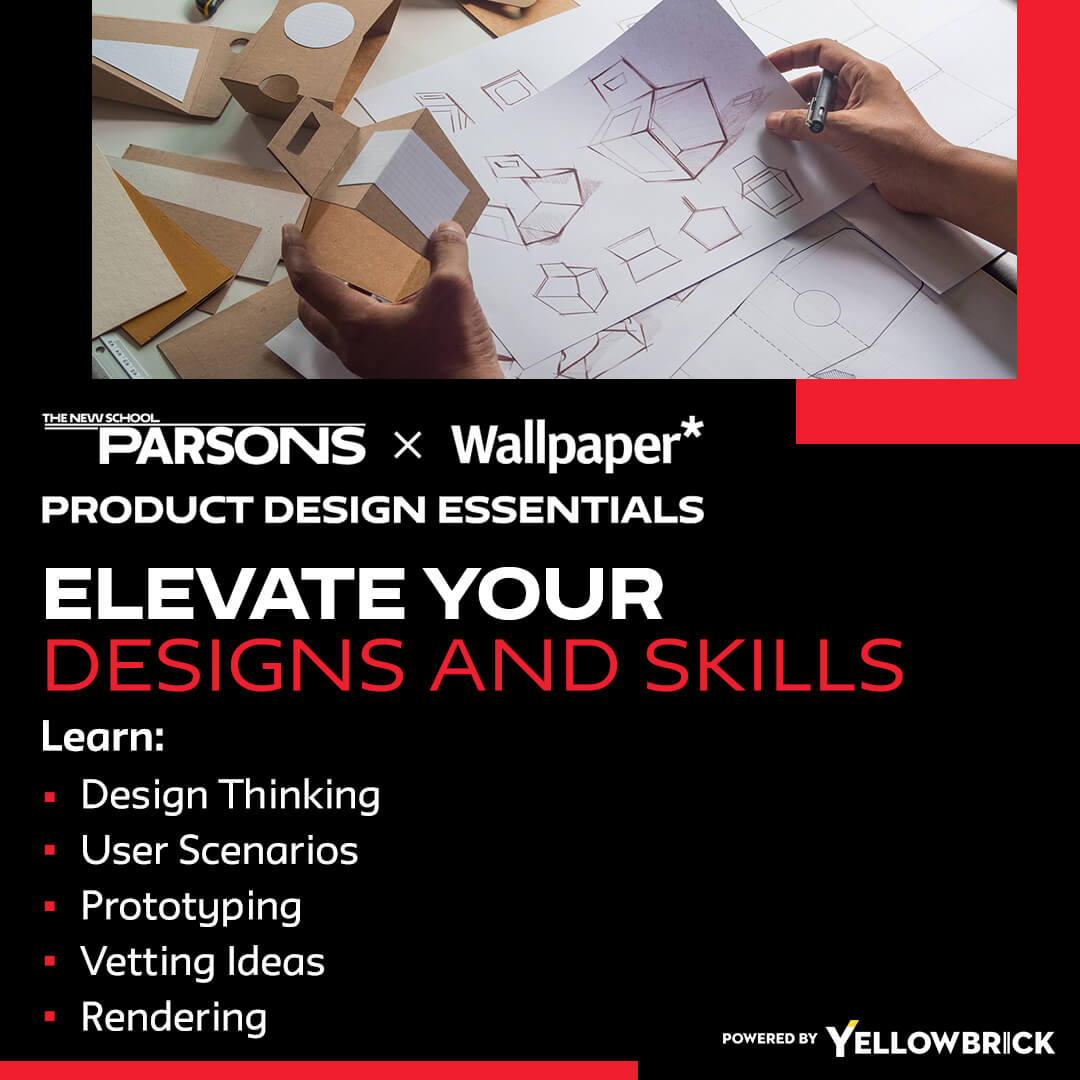Developing Diversity in UX Design Teams

I think a really important issue when it comes to online UX design education, designing and the design space in general is that design teams themselves are often not diverse. Because of this, I’ve had several experiences when working with design teams where people are designing products and experiences, and they continue to forget about communities of color.
When you think of how many AI-enabled products come out and are unable to detect dark skin, it tells you that throughout the design-thinking process, there was probably no UX or UI researcher, designer or strategist who was a person of color who thought, “We should also be testing folks of color to see how they would interact with this product.”
The Need for Diversity in Imagery
Another thing I think people should be mindful of when designing is imagery and branding—especially when designing an app or a website. A lot of times, for communities of color, we go on a website, and we don’t see ourselves on that website at all. There is no one who thought, “We should diversify our imagery so that people can see themselves in this product.” That absence is something that can also be alienating. It goes against the root of what UX and UI design are: the ability to be empathetic.
The Need for Self-Examination and Reflection
I think that the root of the problem is really the fact that there is a lack of work done within the design space. People need the ability to look at themselves and examine the unconscious biases they have. I think that’s something that needs to be implemented within the design-thinking process in addition to having diverse teams. We want to ensure that the products that we’re coming out with are truly equitable and inclusive.
Frequently, we have these different designs that are coming out. The service, product or experience is not actually effective because the design team is not taking into consideration the actual problem space itself that may be specifically harming communities of color or other marginalized communities. It is not solving the real solution because the act of delving deeper into the nature of the problem was missing from the entire design-thinking process.
The Critical Role of Background Research
In order to make sure that we are really thinking about the full context when it comes to defining the problem space, especially when it comes to working with Black, Indigenous, and communities of color, I always like to stress the importance of first doing background research. What is the historical context? What institutional or interpersonal practices and policies have impacted these communities? This research can be done through currently published journals.
Another essential practice is intentionally connecting with community experts who have a strong sense of what the problem space is. Being able to have that context and not go into defining a problem with a colorblind mentality is really critical when it comes to determining the actual problem.


